Creating a harmonious multi-cat household requires careful consideration of each cat’s temperament, energy level, and sociability. Some cat breeds are naturally more predisposed to living with other felines, showing tendencies towards friendliness, adaptability, and a calm demeanor, making them ideal companions in homes with more than one pet. These breeds often exhibit less territorial behavior and a greater willingness to share space and attention, critical factors preventing conflicts and fostering positive interactions among cats. This article explores the seven best cat breeds for multi-cat households, focusing on the unique traits that make them particularly well-suited for living alongside other feline friends. From their friendly natures to their laid-back attitudes, these breeds exemplify the qualities needed to create a peaceful and loving multi-cat environment.
1. Maine Coon
The Maine Coon is often hailed as a gentle giant known for its large size, friendly disposition, and pleasant nature. These cats are known to get along well with other pets, including other cats, thanks to their laid-back personalities and playful demeanor. Maine Coons are patient and adaptable, making them excellent companions in multi-cat households. Their love for play and interaction can help keep the peace by encouraging shared activities and reducing competition for attention. The breed’s natural inclination towards friendliness and companionship ensures that they can integrate smoothly into homes with existing pets, often becoming a beloved animal family member.
2. Ragdoll
Ragdolls are renowned for their docile and affectionate nature, which makes them ideal for living with other cats. Their name derives from their tendency to go limp with pleasure when held, reflecting their easygoing and relaxed attitude. Ragdolls are not typically territorial and are more interested in seeking affection and companionship than dominating their surroundings. This breed’s gentle approach to interactions and willingness to share space make them a harmonious addition to any multi-cat household. Their calm demeanor and affectionate nature can help soothe tensions and foster a peaceful environment among pets.
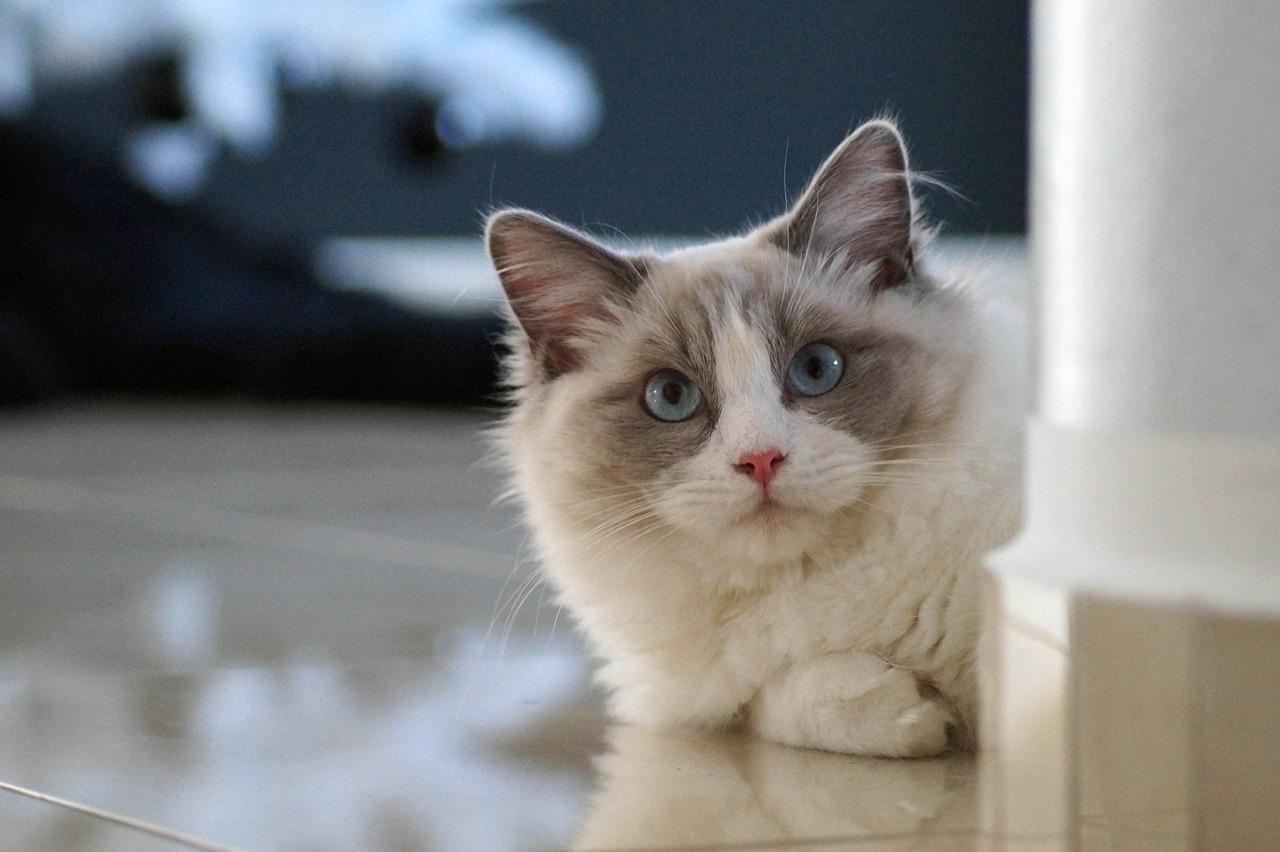
3. British Shorthair
British Shorthairs are known for their sturdy build and calm, unflappable nature. This breed is exceptionally good-natured and tends to get along well with other cats, showing patience and a laid-back attitude that minimizes conflicts. British Shorthairs are moderately demanding of attention, allowing them to fit seamlessly into households with multiple pets. Their independence and easygoing temperament make them adaptable to various living situations, including those with existing feline members. The breed’s friendly yet unobtrusive nature ensures they can coexist peacefully with other cats, making them an excellent choice for multi-cat homes.
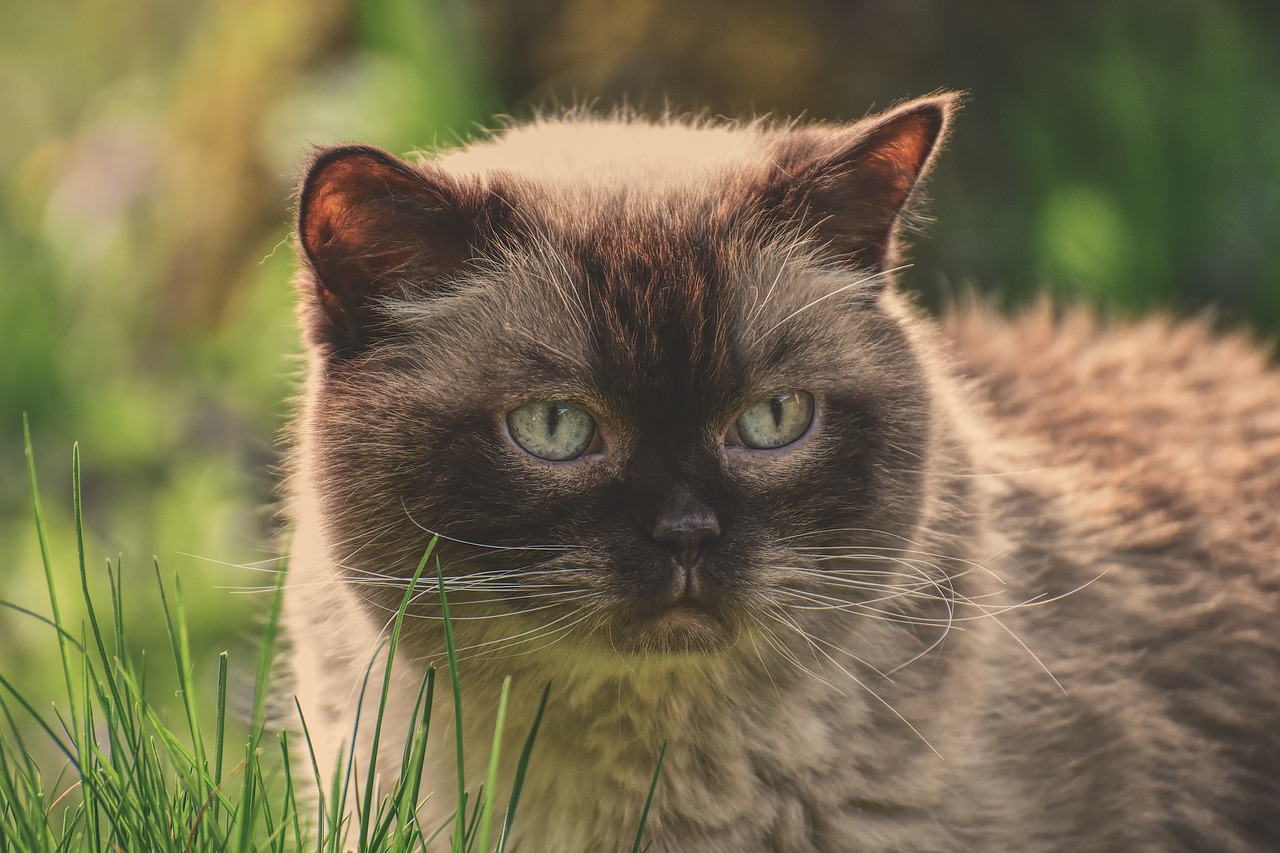
4. Scottish Fold
Scottish Folds are cherished for their unique ear-folding and charming, mild-mannered personalities. They are friendly cats that enjoy the company of humans and other pets alike, including other cats. Scottish Folds are known to be very adaptable, easily fitting into the dynamics of a multi-cat household. Their playful yet gentle nature encourages positive interactions with fellow felines, fostering a harmonious living situation. The breed’s affectionate and companionable disposition makes them a joyful addition to families looking to expand their pet family.
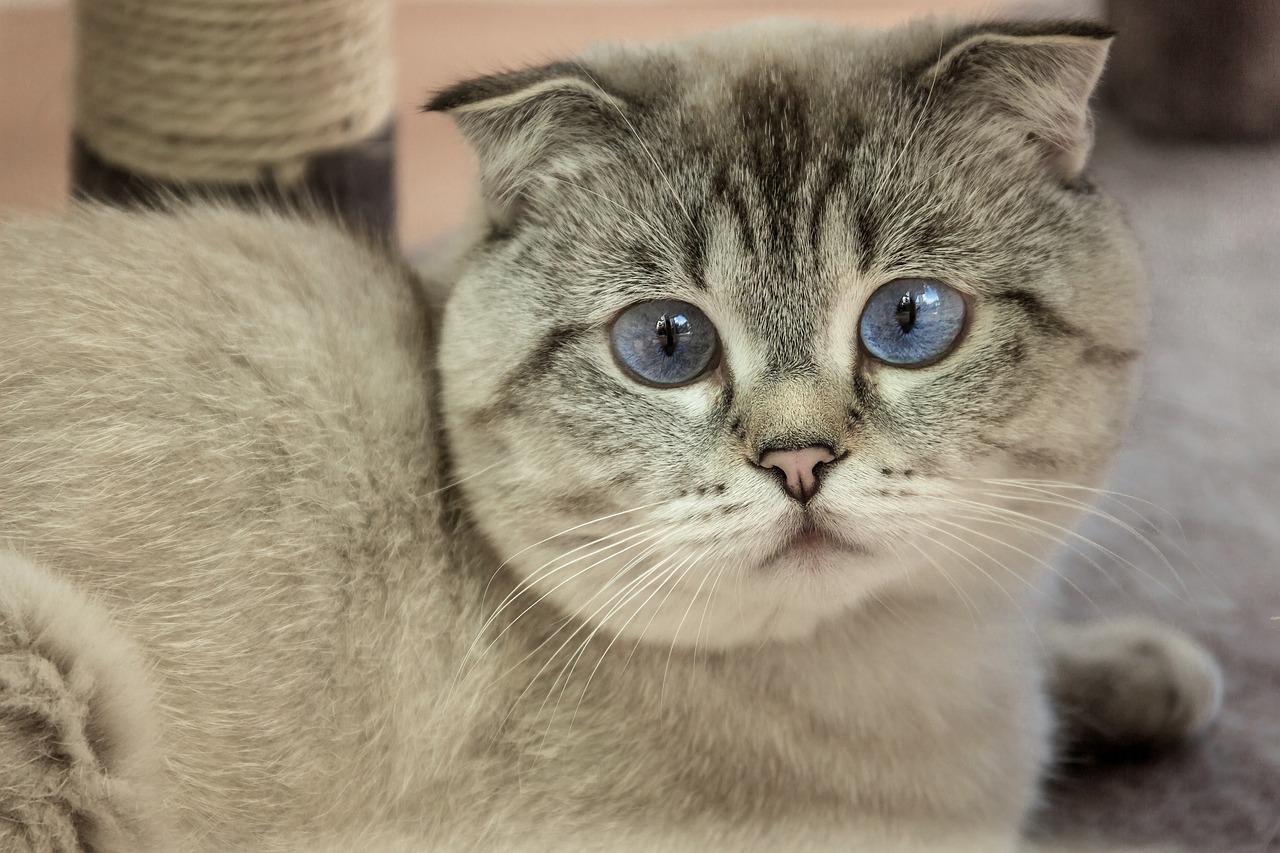
5. Abyssinian
Abyssinians are highly active and friendly cats that thrive on interaction and play. Their energetic and curious nature makes them excellent companions for other cats, as they are always searching for a playmate for their next adventure. Abyssinians are known for their ability to form strong bonds with other pets, displaying a level of sociability that ensures they are rarely alone. This breed’s love for play and exploration can help keep the peace in multi-cat households by directing energy toward positive and engaging activities. Abyssinians’ outgoing and playful demeanor makes them well-suited for homes with multiple cats, where their zest for life and interaction can be fully embraced.
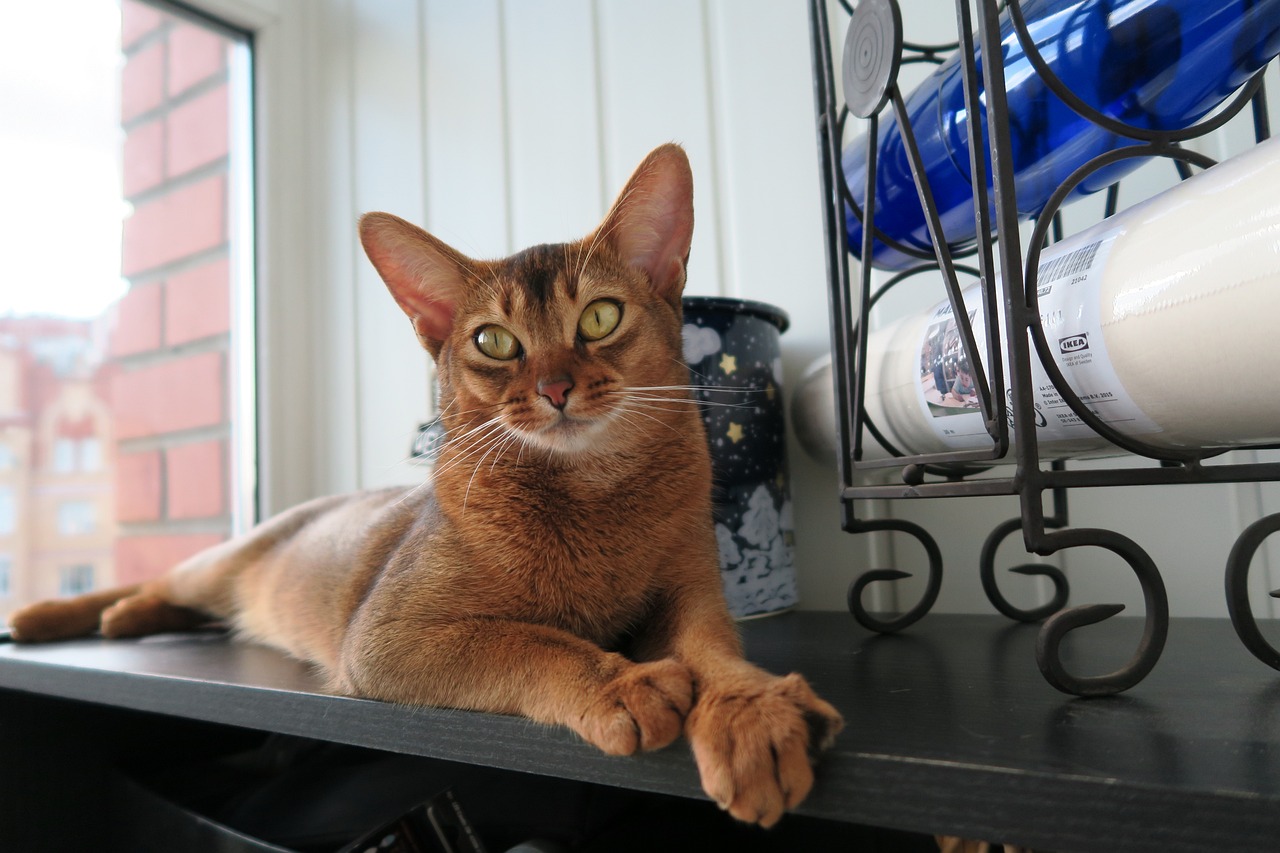
6. Burmese
Burmese cats are affectionate, people-oriented, and enjoy the company of other cats. Their social nature drives them to seek out interactions and form close bonds with their human family members and other feline companions. Burmese are known for their playful and loving temperament, contributing to their ability to integrate well into multi-cat households. They are not prone to jealousy and are more likely to welcome new additions with curiosity and open paws. The breed’s affectionate demeanor and desire for companionship make them excellent candidates for homes looking to adopt more than one pet.
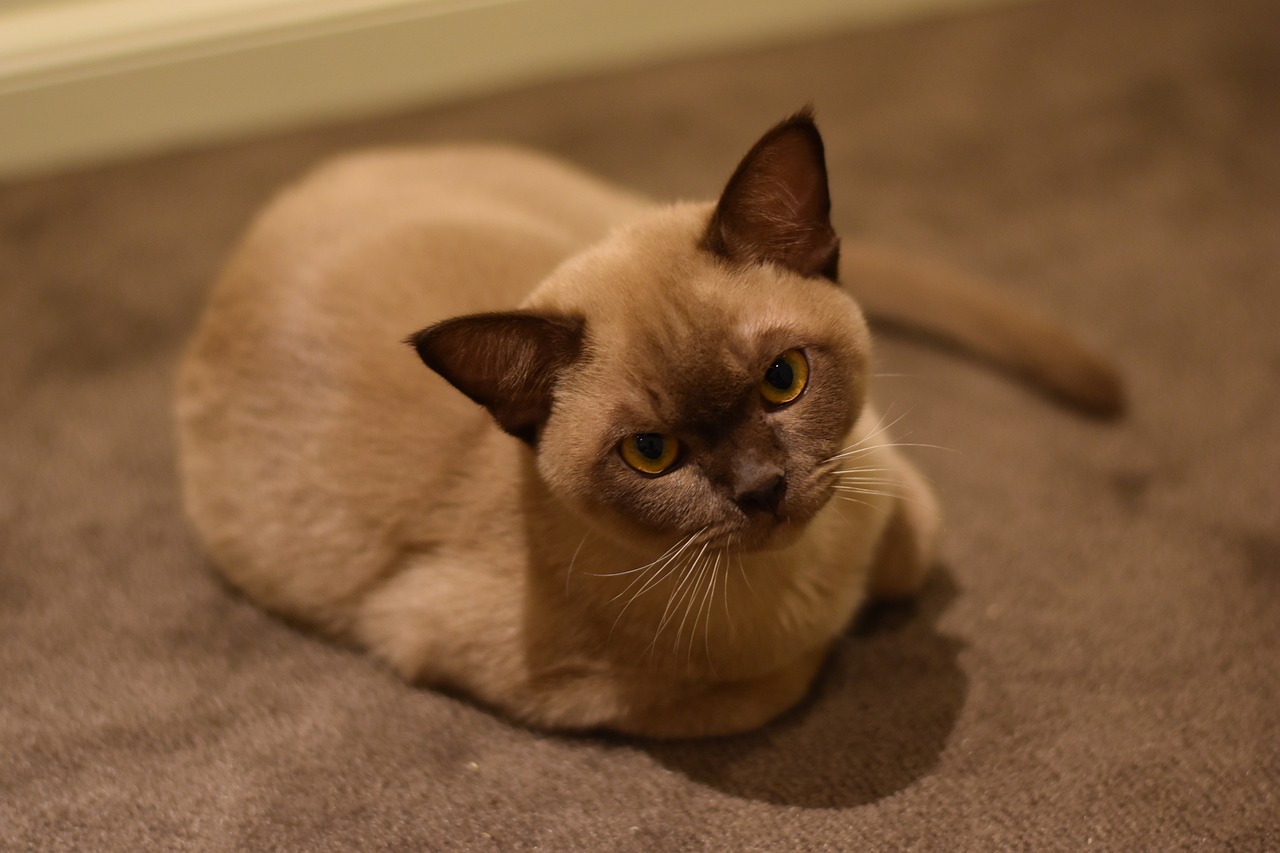
7. Siberian
With their luxurious fur and adventurous spirit, Siberians are known for their friendly and easygoing nature. This breed is highly adaptable and enjoys the company of other cats, often showing a playful and affectionate side in their interactions. Siberians are not overly territorial, which helps reduce conflicts within a multi-cat household. Their robust health and playful disposition make them great companions for other pets, encouraging active play and companionship. Siberians’ friendly and tolerant attitude towards other cats makes them a perfect addition to families looking to create a harmonious multi-cat home.
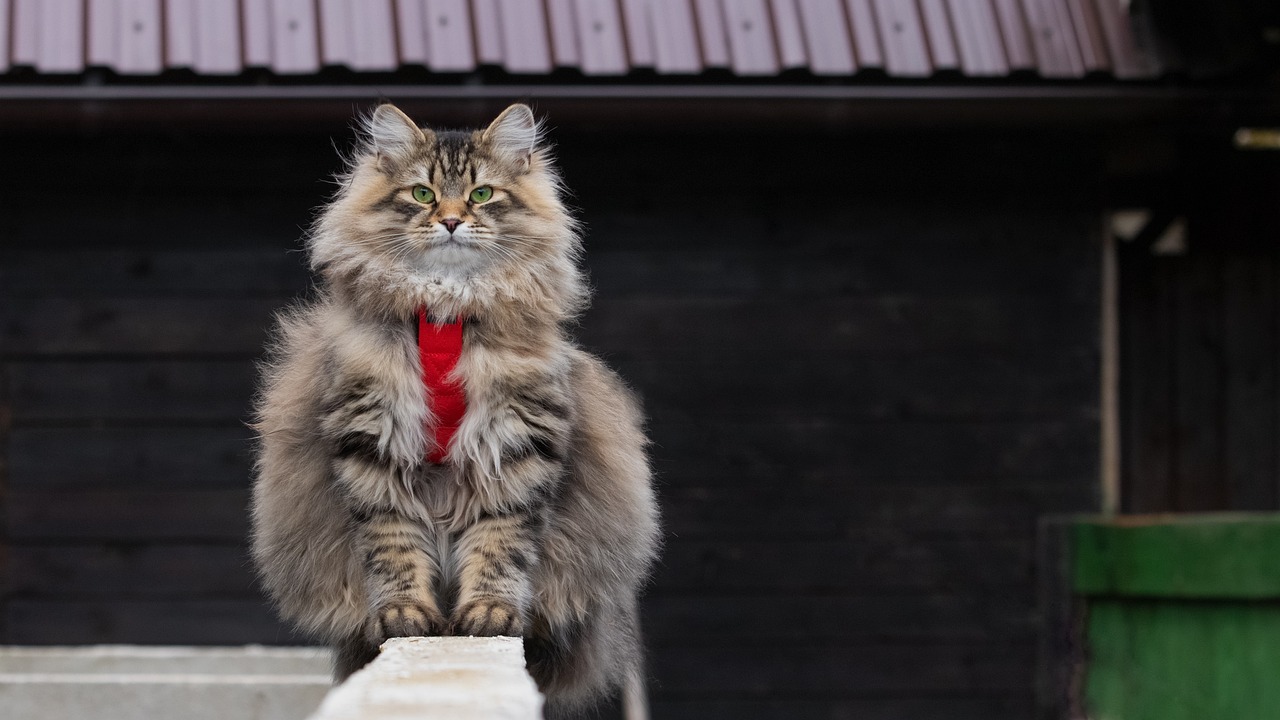
When considering adding to a multi-cat household, selecting a breed known for its sociable, adaptable, and friendly nature can significantly contribute to a peaceful and happy home environment. The Maine Coon, Ragdoll, British Shorthair, Scottish Fold, Abyssinian, Burmese, and Siberian each bring their unique traits and temperaments that make them particularly well-suited for living with other cats. These breeds exemplify the qualities that can help ensure positive interactions and strong bonds between feline family members, making them ideal choices for those looking to enrich their homes with the joy and companionship of multiple cats.
